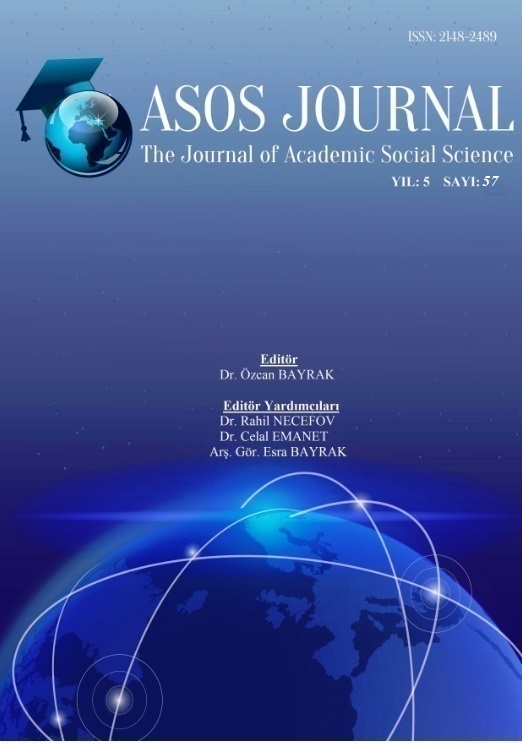Author :
Abstract
Bu çalışmada yeşil büyümenin mevcut sistemlerin devamını sağlayacak kavram olduğuna vurgu yapılarak Dünya ve Türkiye ölçeğinde uygulama boyutları değerlendirilmiştir. Yeşil büyüme, ülkeler için sosyo-ekolojik dönüşümü sağlayacak yeni ve farklı bir büyüme perspektifidir. Yeşil büyüme, ülkelerin değişen coğrafi ve çevresel şartlarına göre uygulanabilen, ekolojik riskleri en aza indirgeyen, çevreye zarar vermeden gelecek nesilleri düşünen bir büyüme sürecidir ve mevcut sistemler için yeni bir ekonomik büyüme paradigmasıdır. Çalışmada Türkiye'nin yeşil büyüme etkinliğinin belirlenmesi ve yeşil büyümenin uygulanabilirliği amacıyla veri zarflama analizi kullanılmıştır. Bu kapsamda 2008 – 2012 yıllarına ait OECD, BRIICS ve Türkiye için OECD'nin belirlemiş olduğu yeşil büyüme gösterge verileri kullanılarak girdi-çıktı yönelimli ülke gruplarının karşılaştırılmasına yönelik göreli etkinlik analizi yapılmıştır. Analizde 7 girdi ve 7 çıktı kullanılmıştır. Analiz sonuçlarına göre Türkiye yeşil büyüme konusunda OECD ve BRIICS ülkeleri arasında tüm yıllarda tam etkin ülke değildir. Türkiye, OECD ve BRIICS ülkeleriyle birlikte karşılaştırıldığında yeni kalkınma stratejisi olarak sunulan yeşil büyümeyi yapısal olarak gerçekleştirebilecek ve uygulayabilecek düzeyde olmasına rağmen bazı yapısal ve sistemsel eksikliklerini gidermelidir.
Keywords
Abstract
In this study, green growth is emphasized as a concept that will ensure the sustainability of the current systems and the dimensions of its applicability in Turkey and around the world are analyzed. Green growth is a new and different perspective of growth that will enable socio-ecological transformation for countries. Green growth is a process that could be applied to varying geographical and environmental conditions of countries. It is a new paradigm of economic growth, minimizing the ecological risks and caring about the future generations without harming the nature. In this study, the data envelopment analysis is used to determine the green growth efficiency of Turkey and the applicability of green growth. In this context, the green growth indicator data for the years between 2008 and 2012, as determined by OECD for OECD, BRIICS and Turkey are used and the relative efficiency analysis is made for the comparison of the input-output oriented country groups. 7 inputs and 7 outputs are used in the analysis. According to the results of the analysis, Turkey is not a fully efficient country as the OECD and BRIICS countries with regards to green growth in all years. Turkey, compared to the OECD and BRIICS countries, shall overcome its certain structural and systemic shortcomings, although it has a level that would be able to structurally realize and apply the green growth, which is introduced as a new strategy of growth.





